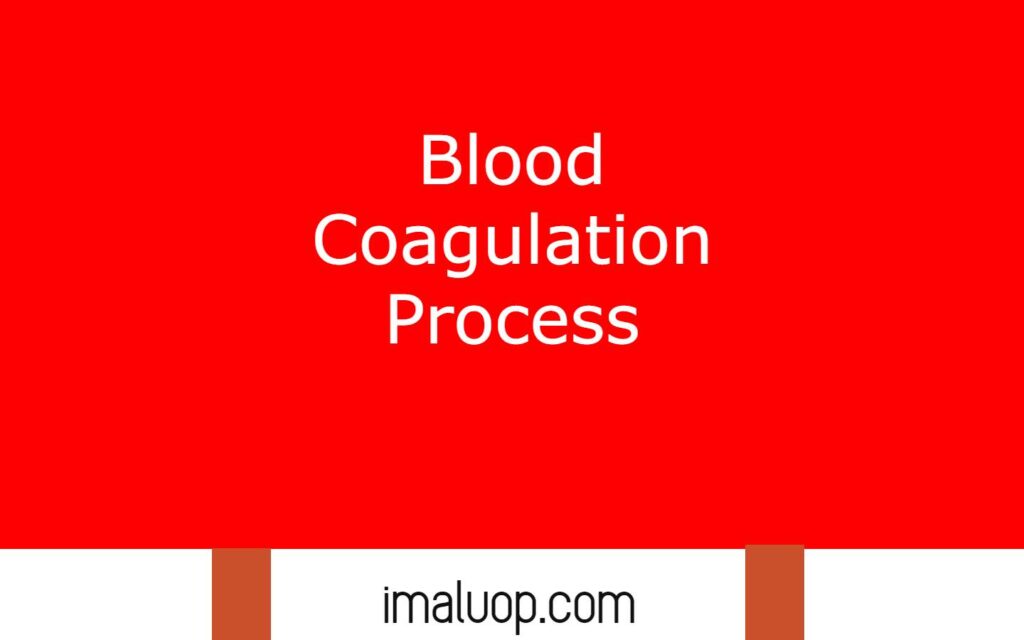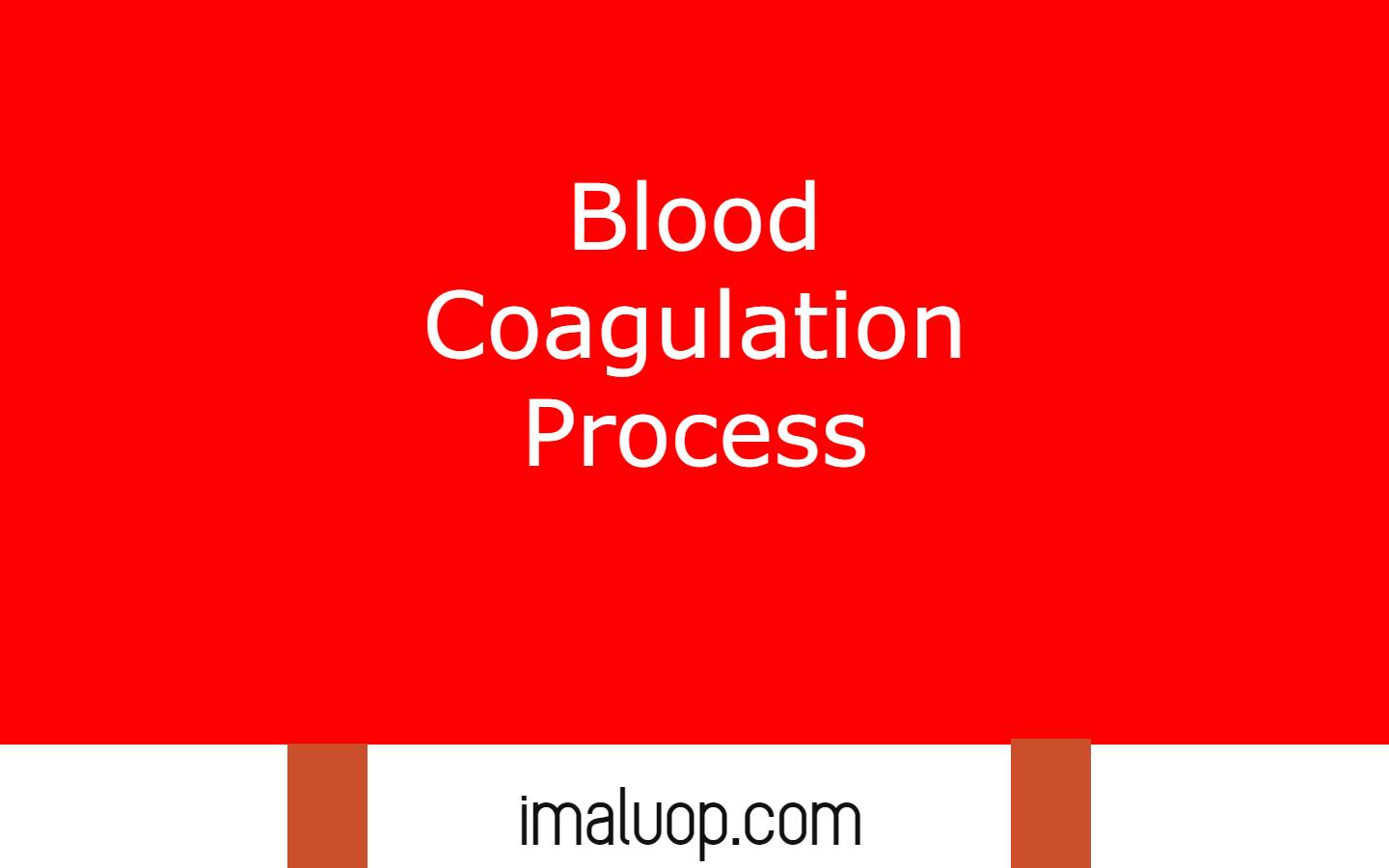Blood Coagulation Process: In circulatory system blood is very important because blood have the capacity to carry oxygen through its hemoglobin rich RBC and carry other essential material like hormone, nutrients to different tissues of our body.
Blood also takes part in collection of excretory material and helps in excretion but blood has a great role in the process of excretion because in human beings the glomerular filtration occurs with the help of hydrostatic pressure of blood.
In human beings blood is present in a specific amount but if blood decreases due to any reason then different types of disorders will appear in the human body, like body tissues will not get sufficient amounts of nutrients and other necessary materials like oxygen and some function also affected due to low blood volume.
In blood vessels blood flow with pressure but when any cut occurs in tissue the blood capillaries present in the tissue affected then blood comes out forcefully and if it continues large amounts of blood are lost.
If a large amount of blood is lost then different functions do not work properly and some functions become restricted and sometimes if very much blood is lost then even a person can die.
So any blood loss is not good for health so if bleeding occurs anywhere in the body we should try to stop it as soon as possible before much blood is lost.
Naturally our circulatory system has a mechanism to stop the bleeding which is known as blood coagulation but sometimes due to any failure in blood coagulation naturally we use different external agents to stop the bleeding.
There are many factors present in blood which facilitates the process of blood coagulation by formation of thrombus which act as a jelly like plug to repair the ruptured blood vessels and a series of biochemical reactions occur in blood to clot formation.
Process of Blood Coagulation:
Naturally our body detects any injury in our blood vessels and it triggers a set of biochemical reactions which is known as hemostasis and we will discuss the various steps in the process of blood coagulation.
When an injury occurs in a blood vessel and if a large amount of blood comes out though the place of injury then at first our blood vessels show vasoconstriction. Vasoconstriction reduces the diameter of blood vessels which restricts the blood flow to the region of injury so much amount of blood loss is restricted.
This response at early stages of bleeding is known as primary hemostasis then in the next level the secondary hemostasis occurs.
In secondary hemostasis the platelets become active and try to cover the injured place in blood vessels and it activates the fibrin clot formation in our blood vessels to slow down the bleeding.
Sometimes a small cut is closed only by the action of platelets but when the bleeding occurs very much and the platelets unable to stop the bleeding alone then other factors in blood coagulation also activate in a series.
The series of biochemical reactions in blood coagulation results in formation of fibrin clot where fibrinogen produces a network like structure to trap the blood cells in the region of injury so that blood is not able to pass outside of the blood vessels.
But our body mechanism for blood clot results in various difficulties when blood clot occurs without any injury which can block the flow of blood through the blood vessels. In some cases when blood clot occurs to those blood vessels which are associated with vital organs cause serious damage to those organs.

For example if blood clot occurs in the blood vessels associated with heart then it can cause heart attack and if the same situation occurs in the blood capillaries of brain then it cause stroke so blood coagulation due to unnecessary activation of platelets cause various serious condition where blood clot block the blood flow through the blood vessels.
Read More: ABO Blood Group and Rh Group System
Hi Everyone!!! Welcome to Imaluop. Imaluop always try to learn some new and he want to share to other people. Here we will try to learn various topics on Science, specially on Biological Sciences.
